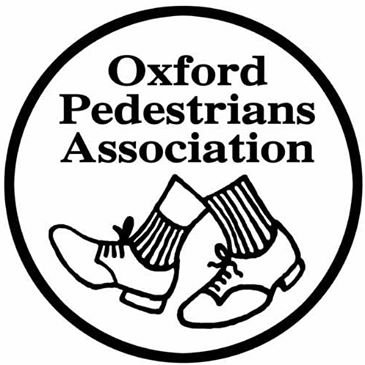Buses in Queen Street
Speaker: John Paine, National Pensioners Convention
The National Pensioners Convention (NPC) is a large national organisation with 15 regional bodies and thousands of local groups representing hundreds of thousands of members. In Oxfordshire one of the areas they cover is transport.
John opened by talking about the overall importance of buses to older people and their role in combating isolation, enabling voluntary work and care for friends and relations, thus reducing illness, including mental illness. The NPC is not in favour of taking buses out of Queen St, and would like to see them remain there on the grounds that a direct bus route through Oxford is needed for accessibility, and timings of journeys. He described Oxford’s primary transport problem as obstacles to the creation of an inner ring road and the cramming of all transport movements into narrow medieval streets and the lack of an alternative to all traffic coming over Magdalen Bridge. The County Council and Westgate partnership want Queen St closed to buses to support their commercial venture that is the new Westgate. They had closed Queen St to buses but the bus companies took the issue to central government, arguing that sending the buses around the crowded congested bus loop or other alternative routes meant driving buses an added 149,000 miles a year with consequent air pollution and crowding issues. The Secretary of State responded by ordering an experimental period of buses using Queen St, a period which starts now and runs for 5-6 months. No markings have been put into Queen St to let people know that buses run there, meaning there is a risk to walkers of being unaware of them. The County Council has commissioned a consultants’ report into alternatives to buses running along Queen St. Their remit is to find new routes for buses without using Queen St and without compromising private traffic flow. Four options have been proposed, which John said are unworkable, eg, sending buses through the university area and along Longwall Street.
A discussion ensued, in which OxPA members talked about ways of looking at the issue more holistically, by replacing increasingly large buses with smaller electric vehicles, reducing private through-traffic in the city centre, and the importance of having streets in which pedestrians, including those with children or mobility or sensory impairments, can walk free of having to be perpetually on guard. There were divided views on buses in Queen Street itself, but agreement on the appalling situation in St Aldates. More flexibility and imagination are needed in the short term before a proper electric mass transit solution becomes implementable.
It was questioned what proportion of total mileage is the 149,000 extra miles quoted by the bus companies if buses were removed from Queen Street. The need to remove long distance coaches from High St agreed: bus companies claim 60% board west of the Plain. The Phil Jones consultation was praised as a brave attempt to change road space in favour of pedestrians and cyclists.
The problems with buses stem partly from there being two instead of a single company, leading to “bunching” and more congestion. The bus companies claim they have to run more buses (in order to maintain timetables) because of congestion, which they themselves are causing! Generally agreed that current practice not acceptable.
John was warmly thanked for his presentation. He invited OxPA members to the over-50 meetings.
